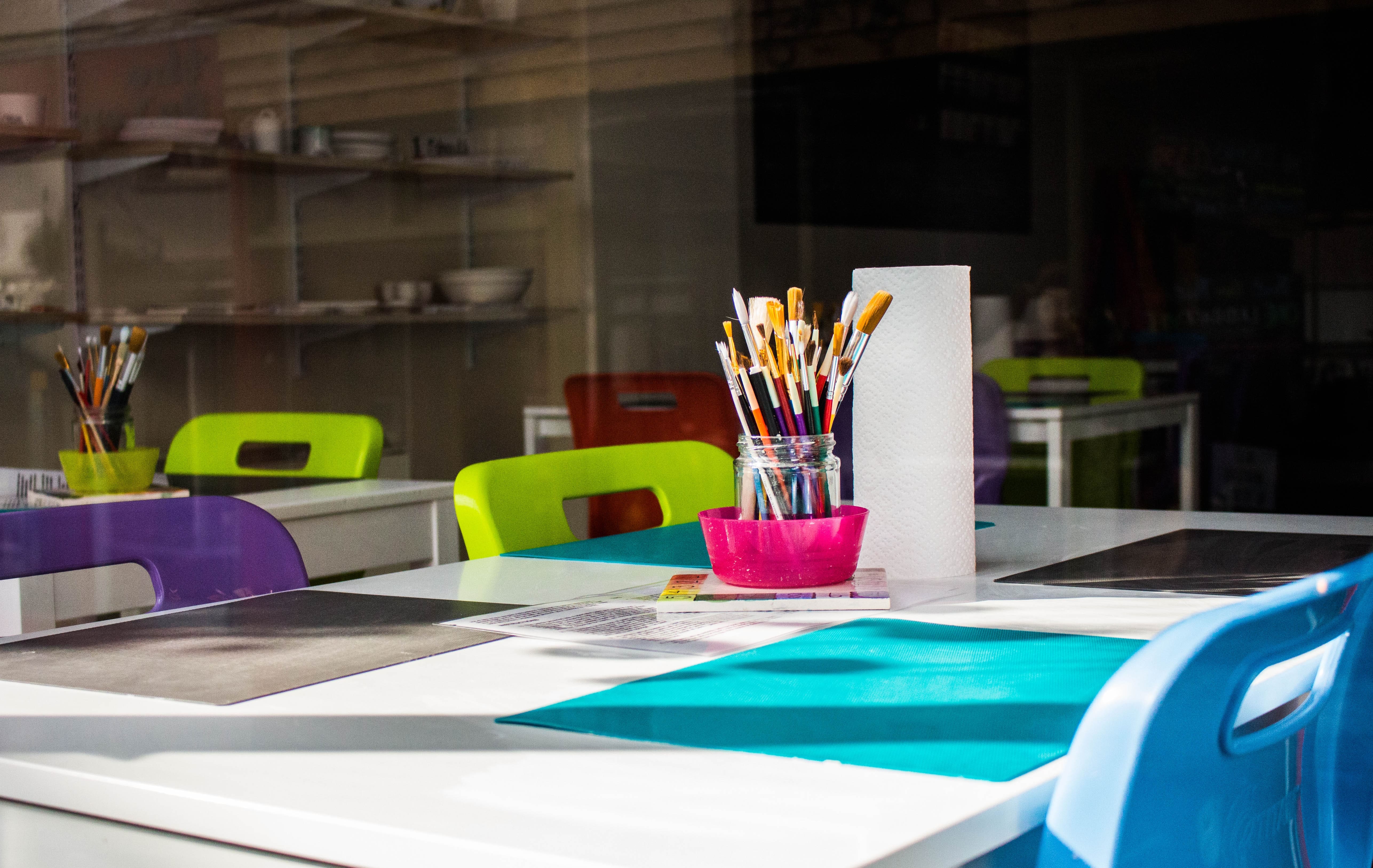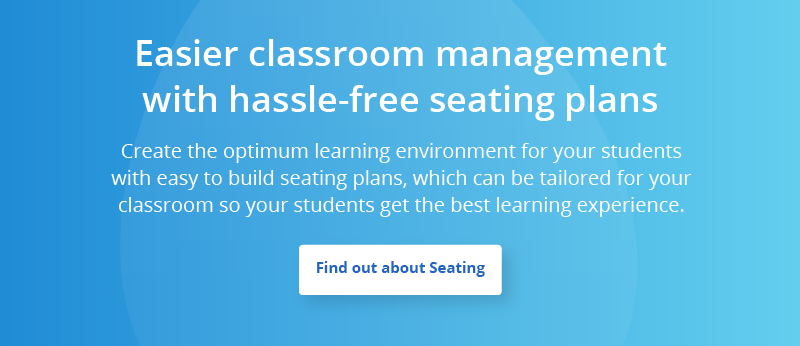Author: Ben Greenwood
Posted: 18 Dec 2019
Estimated time to read: 4 mins
Teachers experience it in their classrooms, and parents experience it at kitchen tables and IKEA desks across the country: kids struggling to concentrate on their work or outright refusing to to do it. It’s a common problem that can be caused by a number of factors, from the quality of work being set to student’s understanding of the topic. One element that is overlooked however, is the learning environment.
Effective learning, much like other activities that require good cognitive function, is dependent on environment. Just as a mechanic is most useful in a well equipped garage, a student is most useful in a properly equipped learning environment. Giving them the right conditions needn’t be hard, and there’s no single right way to do it, but by ensuring pupils have everything they need to learn effectively, we give them a headstart in their studies.
Here are 7 elements that you can manage to create a positive learning environment either in your classroom or at home:
Distractions
Distractions are hard to avoid and it’s unlikely you’ll ever manage to completely eradicate them, you can however, greatly reduce the chances of them appearing in your classroom or at home.
One of the most significant distractions facing teachers and parents is the use mobile phones. Try to keep students tech free unless the lesson requires it to avoid this distraction. At home, have set ‘digital detox’ hours where your child doesn’t have access to tech during homework or revision time. This will reduce their chances of becoming distracted.
Colours
Believe it or not, the colour of a room can change the mood of a student and create disruptions, in lessons and at home. Warm colours, such as red and orange have been found to raise blood pressure and be distracting during learning. Whereas cooler colours, such as blues and greens, can lower heart rates and have a relaxing effect on learners and yellow increases creativity and positivity, making it a great colour for english and art work.

Temperature
The brain works best at a steady temperature, as those of you who teach science will know, it helps to maintain homeostasis. Extreme temperatures shouldn’t be an issue in the classroom environment anyway on the grounds of health and safety, but as a reminder, they can cause damage to brain cells and impact cognitive function.
Aside from this, inconsistent temperatures can cause disruption in class and at home, affecting students’ ability to concentrate on the task in hand. Too hot and they’ll become easily agitated and restless, too cold and they’ll become fidgety and uncomfortable. Try to maintain a steady room temperature for better results.
Air Quality
The quality of the air has a direct affect on our brains. Exposure to air pollution affects the creation of new veins and arteries in the body, structures that the brain relies on to develop. If the air quality in the classroom or at home is poor, it could affect how students’ brains develop.
If your child’s bedroom is close to a busy road, consider moving them to another room or investing in an air purifying device to process pollution. You could also try furnishing the classroom or home with more plants. They absorb harmful emissions in the air and release oxygen, purifying the air, not to mention they make the room look nicer too - the more plants, the better!
Ensuring that your child has a place that they can use for homework and revision helps them to learn more effectively
Acoustics
In the classroom, it’s important that students can hear what is being said. When giving instructions to the whole class, teachers will often raise their voice so they can be heard. If their instructions echo too much, or are masked by other sounds in the room, students’ chances of misinterpreting instructions are heightened.
If a room has bad acoustics, consider carpeting the floor or adding a rug, this should absorb some of the sound that is currently bouncing back into the room and causing an echo. Similarly, try adding in a diving wall, bookcase or sound absorbing panels to absorb more stray sound waves.
Dedicated space
This applies more to the home learning environment, as classrooms and study areas at school are already dedicated spaces. Ensuring that your child has a place that they can use for homework and revision helps them to learn more effectively. This doesn’t have to be their own room or even their own desk. It can be the kitchen table when it isn’t being used, or a quiet room in the house, somewhere that’s easy to concentrate with minimal distractions.
Creating a dedicated space puts your child in a better mindset for learning and sets a precedent. By creating the association of this space with the action of completing work, you’re setting your child up for success. Discourage them from working in bed as this mixes the association of rest and work and can negatively impact sleep time and quality as well as affecting work focus.
Support
One thing that a learning space isn’t complete without, is the presence of some kind of support. In the classroom this comes in the shape of the teachers or a TA. At home, students look to their parents or guardians for support. This can be difficult when parents have their own busy agendas, however, lending an ear when your child is struggling is crucial for their continued development.
For teachers, avoid marking students’ work with a red pen or penalise them for getting things incorrect in the classroom. Instead, encourage them and guide them towards the answer, in a way that means they have to find it themselves. Help them from the position of someone who is on their team, not as a all-knowing overseer, and you’ll get better results.
Whilst these practical learning theories aren’t going to create the perfect learning environment individually, combined they can transform the home learning space and school classroom for the better. By being mindful of the psychology behind different learning environments we can create a space for learning that encourages our students.


